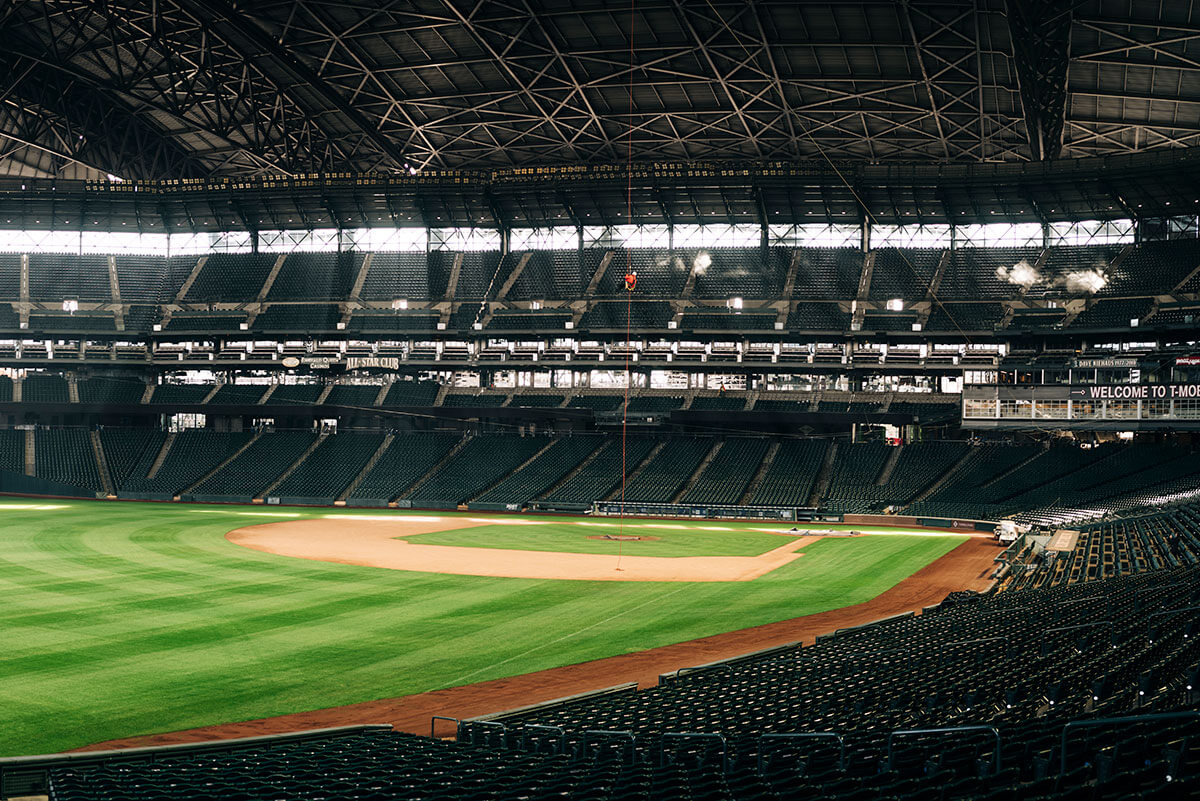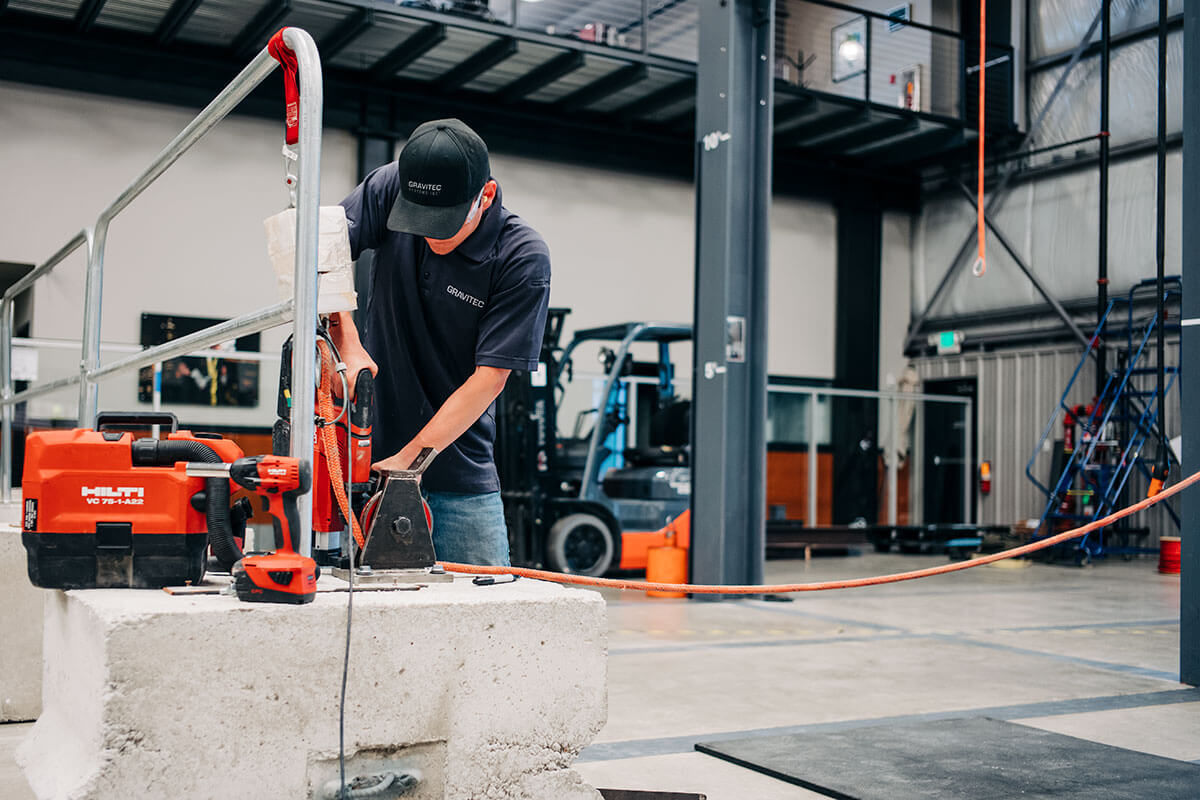Your cart is currently empty!
Author: Gravitec Systems Inc.
-

April Fools Pranks
G4 ThermoLatch™ Energy Absorber The G4 ThermoLatch™ Energy Absorber—the first of its kind a resettable energy-absorber. Designed with cutting-edge ThermoWeave™ technology, this reusable energy absorber reverts to factory condition after a fall by simply placing it in a standard microwave for 90 seconds, or in our patented G4 ReGen Heat™ Bag (sold separately). G4 Bounce A groundbreaking advancement in…
-
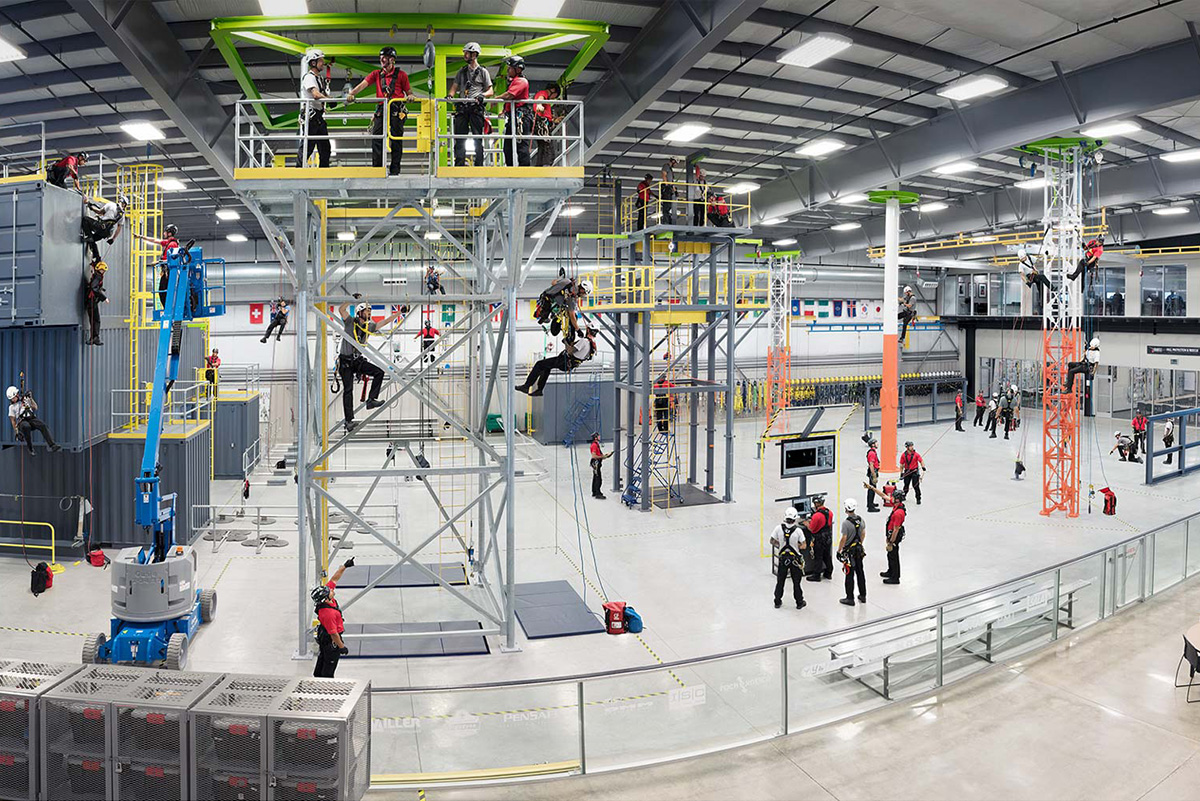
Randall Wingfield Talks to Professional Safety
This interview was originally published in Professional Safety’s March 2018 issue. PS: As a recognized expert working in this arena, what are the greatest challenges employers face in protecting workers at height? Randall: I have always believed that education is the greatest challenge for employers. There is a host of innovative equipment available, but educating a…
-

Fixed Ladder Fall Protection Changes
Ladder cages can no longer be used for fall protection This article is posted with permission from Metal Construction News. Occupational health and safety regulations have undergone a significant change in 2017 in regards to fixed ladders. Ladder cages can no longer be used for fall protection and their use is going to be phased…
-

It’s Not Luck, It’s Skill
Due to increased regulations and release of voluntary consensus standards more and more employers are addressing fall protection and rescue training. Employers have many options and methods to deliver training and our Train the Trainer program is one of those options. Fall protection training (like all safety topics) involves knowledge and skill. It’s the skills…
-

The Next Generation of Snaphooks?
DBI-SALA Force2 Hi-Vis Elastic Shock Absorbing Lanyard DBI-SALA Force2 Tie-Back Shock Absorbing Lanyard It seems snaphooks have not changed a whole lot in the last decade. I quickly noticed the new DBI Sala Comfort Grip is something different. The style, function, and features have adapted to the fall protection industries constantly evolving need for…
-

Stay Warm & Safe at Height
We talk so much about fall protection, but how about winter protection? Here in Northwest Washington its that time of year again, freezing temperatures, ice, and even a little bit of snow. Cold weather conditions can affect your body and equipment severely if special precautions are not taken. It is important to keep this in…
-
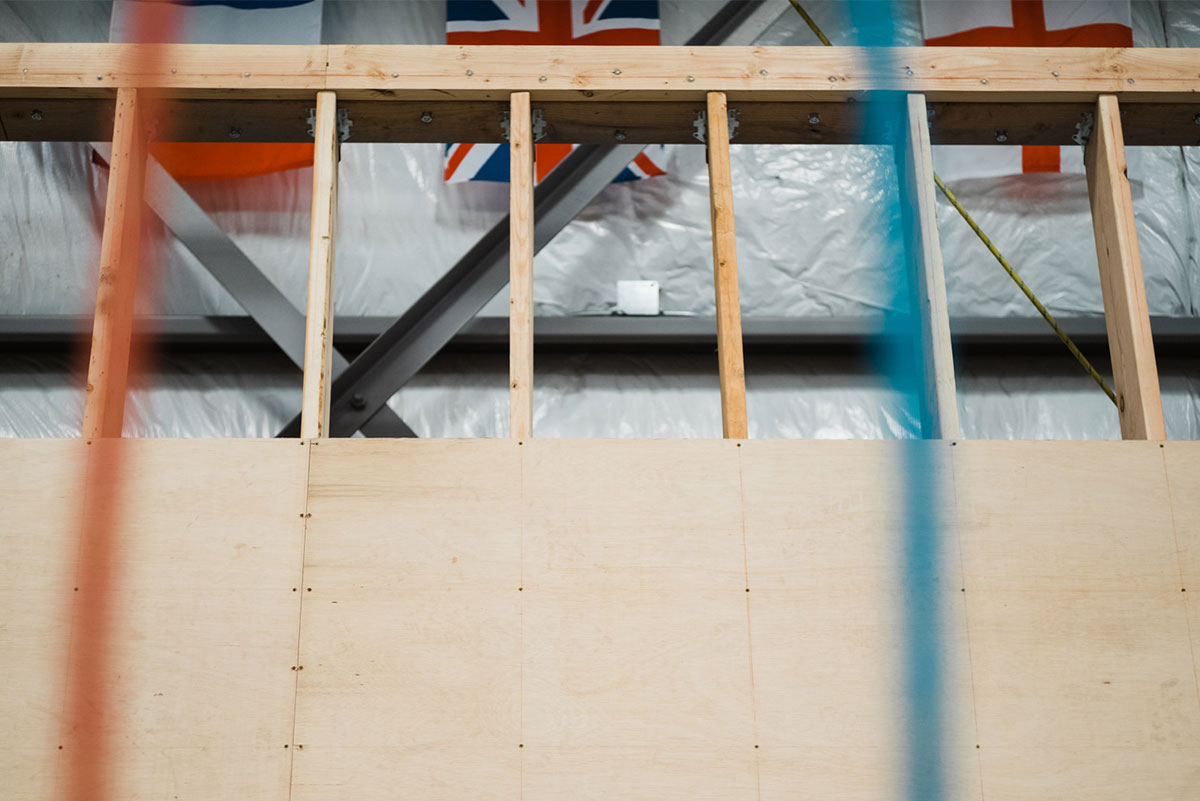
You’ll Never Guess What Gravitec is Building…
You’ll Never Guess What Gravitec is Building Updating our training facility to fit your needs is our top priority. An all-new structure will make its appearance in 2018. Check back soon for more updates about this new addition!
-

Who does OSHA say your Fall Protection & Rescue Trainer should be?
This title is a little misleading, but the OSHA hook usually gets people to look twice. OSHA requires a Competent Person (construction) and Qualified Person (General Industry) to conduct your fall protection and rescue training. I’ve already written about that in the previous blog that you can find here. I’d tell you that OSHA doesn’t…
-
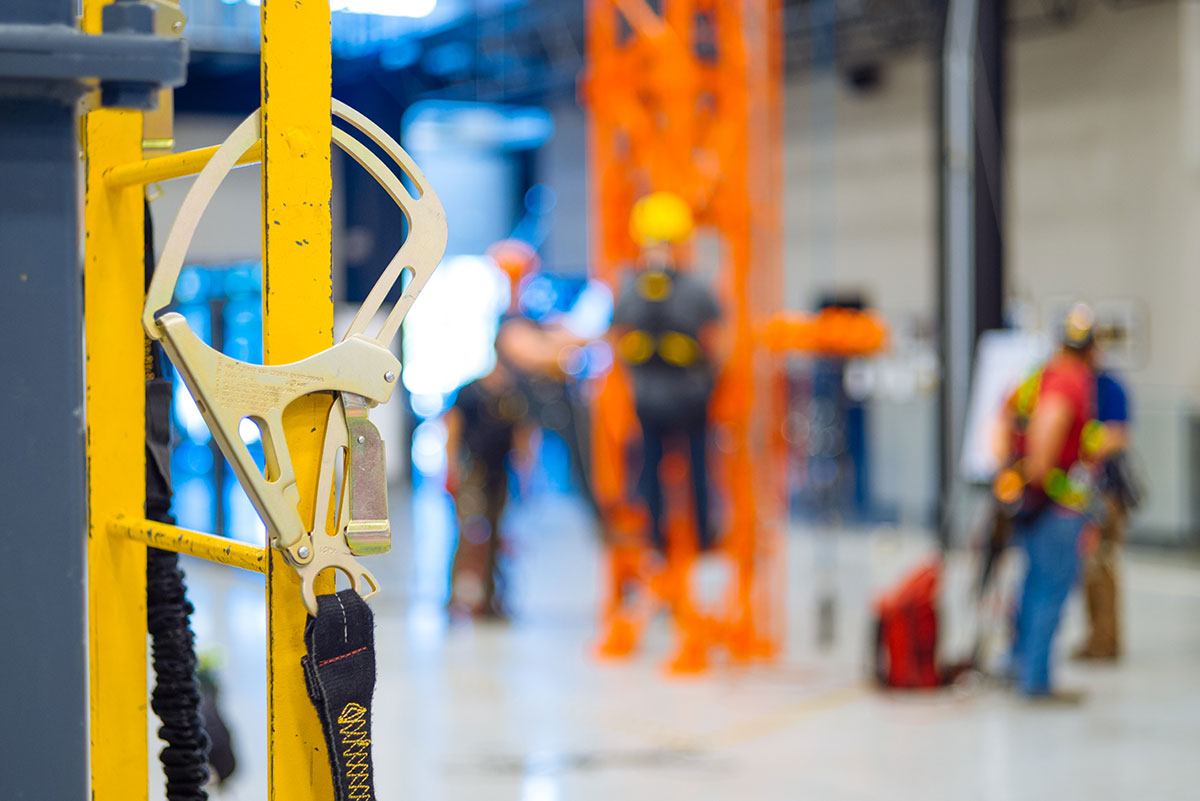
OSHA Clarifies Fall Protection Questions!
OSHA has recently put out a letter of interpretation regarding a couple common questions about the new Walking Working Surfaces and Fall Protection Systems regulation. The first has to do with proof loading of snap hooks. Gravitec has long been a supporter of connectors with stronger gates. We believe OSHA requiring connectors with a 3600 pound…
-

Gravitec Goes to Hawaii – Is This Work or Is This Vacation?
A few lucky Gravitec engineers and installers got to hop on a plane and head to Hawaii to install Horizontal Rigid UniRail Systems. It might have been hot while working on the roof, but the reward after a hard day’s work was well worth it. After work activities included renting a few motorcycles and driving…
